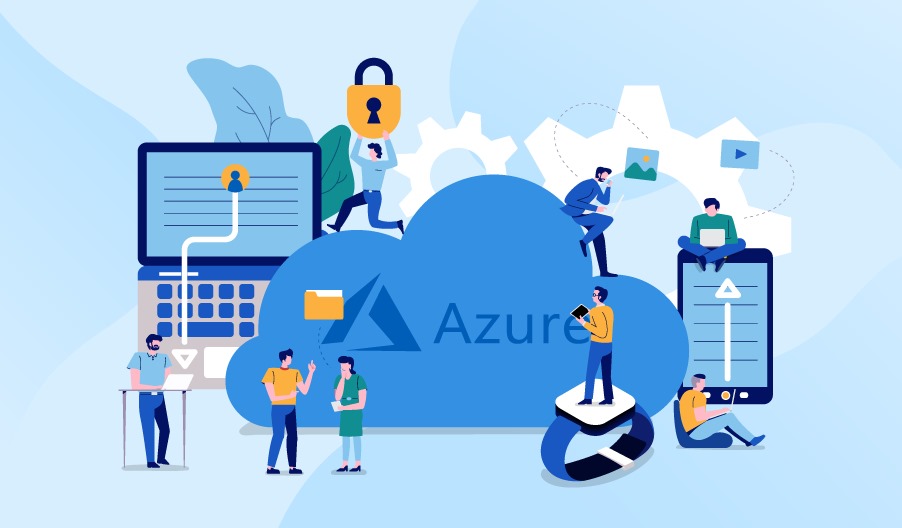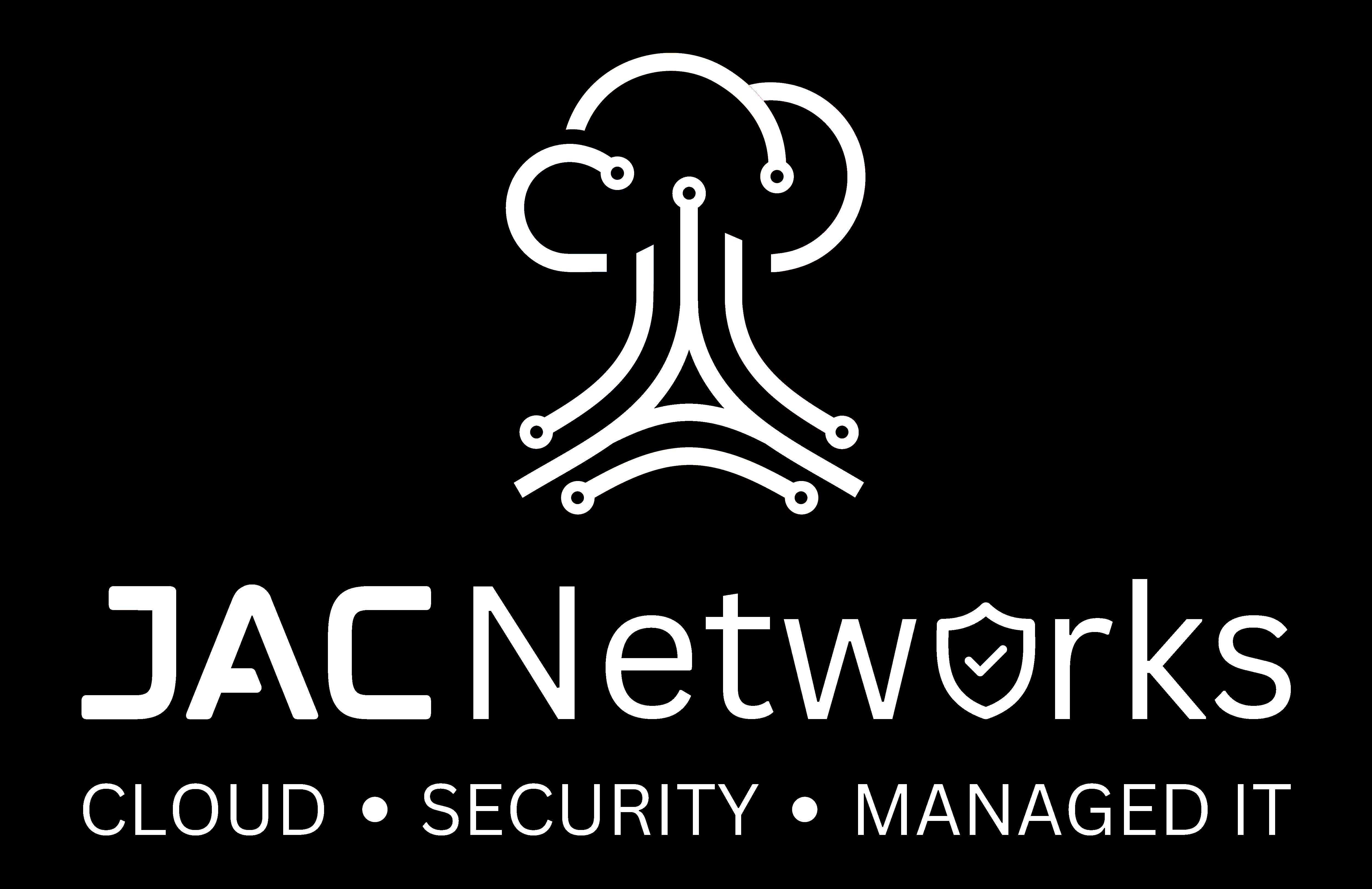Organizations are smartly adopting technologies to enhance scalability, operation & access to advanced resources. Cloud computing delivers multiple benefits from flexibility to affordability. Moving applications to the cloud can bring security risks. To address the following concerns, businesses must implement tough Cybersecurity measures & stay vigilant. Read the blog to explore top cloud challenges & best practices to safeguard the cloud environment.
Cloud computing and cybercrime

Large corporations have experienced cyberattacks in recent years. More than half a dozen methods are being used by hackers to corrupt or erase data, according to Accenture’s annual research, Cost of Cyber Crime. More than 70% of small firms have experienced a threat, and many of them never recover, according to the National Cyber Security Alliance.
According to Rewind’s own 2020 Data Protection Survey Report, one out of four online retailers will lose the vital information and material that powers their business. The growing dependence on cloud computing has made it easier for fraudsters to exploit vulnerable businesses.
Cloud computing security challenges

Cloud computing offers multiple benefits, but simultaneously, it brings unique security patches with vast challenges.
- Misconfigurations- Multiple configuration options within cloud environments present security risks. Small misconfiguration can craft gaping vulnerabilities. A report revealed that customer misconfiguration is the leading cause of cloud security, accounting for 65% breaches. It proves the critical requirement for organizations to invest in robust configuration management.
- Insider Threats: Internal actors can seriously hamper cloud security through error, malicious intent, or hacked accounts. To mitigate insider threats, it is essential to implement strong access restrictions and train staff on cybersecurity best practices.
- Shared Responsibility Model: The “shared responsibility model” governs the security of cloud computing, with cloud providers taking care of the security of the underlying infrastructure and customers being responsible for protecting their data and apps. To provide clarity and complete protection, organizations must lay out duties with the loud provider. They must also establish robust access restrictions and train staff members.
- Changing Threat Landscape: As attackers create more complex new strategies to take advantage of weaknesses, cybercrime techniques are always changing. Cloud-based systems are particularly targeted because of their extensive data and intrinsic interconnectedness. To be alert, organizations need to upgrade their security posture on a regular basis and get training on the newest threats.
- Unmanaged IT practices: Security blind spots are created when workers use unapproved cloud services for work. These “shadow IT” techniques create flaws and go around accepted security procedures. Organizations must create explicit cloud usage guidelines, inform staff members about the risks associated with shadow IT, and provide them with certified cloud solutions that satisfy their requirements in order to reduce this risk.
Best practices to maintain robust security in cloud defences

- Make use of a password organizer- Try using a password manager rather than attempting to think of stronger passwords. These password managers assist you in protecting your passwords from prying eyes. But the security of your password manager depends on the master password you set for it.
- Inform Your Staff: It’s critical to report any questionable conduct. Frequent security awareness training sessions may greatly lower the likelihood of social engineering and human mistakes.
- Adopt two-factor verification- Online services are now frequently using “multi-factor” authentication (MFA). MFA tools employ an authenticator app on your phone or provide a unique code via SMS.
- Frequent Vulnerability Assessments: By doing frequent penetration tests and vulnerability assessments, you may proactively find and fix issues in your cloud environment. Use cloud-based vulnerability scanning tools or collaborate with respectable security companies.
- Use Cloud Security Solutions: Keep an eye out for security risks in your cloud environment by utilizing CWPP & CSPM solutions. By giving you real-time insight into your cloud security posture, these technologies enable you to identify and address any problems before they become serious breaches.
Businesses can overcome cloud security obstacles and capitalize on the potential of this game-changing technology by adopting these best practices and staying alert.





